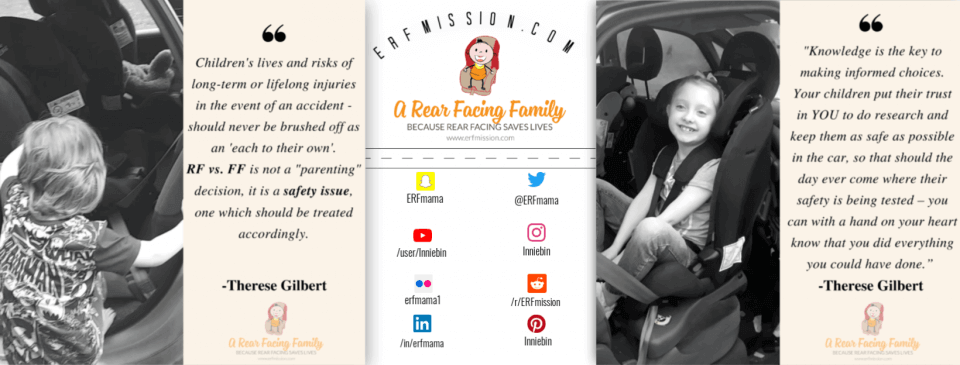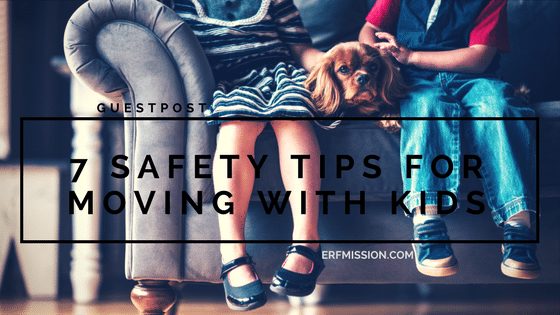7 Safety Tips for Moving with Kids
Moving is often a stressful process. Your children can become very excited or anxious at the prospect of new surroundings. The younger they are, the more attentive you have to be. It’s important that kids remain calm and safe during a move.
1. Pack while they’re not around
Get your packing done when children are off to school or at daycare, even if it means taking time off from work. You might consider having them spend the day at the home of a good friend or relative.
Older children might even help with some appropriate chores, like packing low-risk items or folding boxes. But if you need to get things done with minimal distractions, it’s best to have small children out of the way and under watchful eyes, even if it means hiring a babysitter.
2. Designate a play area for the kids
Find a separate play area where the kids can entertain themselves without interrupting your moving chores. You’ll probably want to “childproof” the room first by removing potential hazards. You should provide games and refreshments, and perhaps treat the occasion as something of a holiday. If you can keep them busy, they’re less likely to get into trouble or come to harm.
Relocating involves moving furniture and heavy boxes. These can often wind up obstructing traffic areas or being stacked on top of one another. This can create safety hazards and hiding places for small children. Use baby gates or barriers if necessary.
No matter how busy you get, it’s important to check on the kids frequently. Make sure they’re staying hydrated, fed, and contented. Nap times or a children’s movie are good ways to keep them peaceful.
3. Secure moving supplies and tools
Moving operations can involve a variety of tools and supplies such as scissors, box cutters, and markers. They should be kept where small hands can’t get to them. Kids may also be tempted to play with dollies, hand trucks, or even empty boxes. Packing supplies like Styrofoam peanuts can be choking hazards, while rolls of bubble wrap could lead to suffocation.
Bored children may pick up or explore anything, so it’s important to store dangerous items safely if they aren’t being used.
4. Keep dangerous items out of their reach
Hazards also exist among everyday items that you normally keep safe. When you’re packing belongings for your move, you’ll tend to bring out items like household cleaners, tools, utensils, and porcelain or glass kitchenware and décor. All of these things should be staged and packed on surfaces that kids can’t reach.
Curious children may be drawn to dangling cords or empty outlets. Heavy items like TVs that could fall and cause injury should be placed on the floor near walls. Potted plants, pet supplies, candles, soaps, and household medicines could be seen as threats. Any small, brightly colored object might seem like candy and create a poison or choking danger.
It would be a good idea to pack up dangerous items right away and label the boxes clearly.
5. Pack a separate box with kids’ essentials
Make up a large box for the children and label it “CHILDREN” or “FOR THE KIDS” so you can locate it quickly. Fill it with goodies like small toys, snacks, medicines, and a change of clothes for each child. Keep it with you separate from other boxes so you can take care of your children’s needs during travel.
6. Stay positive
Children may take their emotional cues from you, so try to reduce stress and stay in a positive mood during the move. Toddlers won’t understand what’s really happening, and older kids may have their own feelings of depression about losing familiar surroundings. Try to be optimistic about the move, and treat it as an enjoyable family adventure. Stay upbeat and help create a positive attitude in the rest of the family.
7. Get back to the old routine ASAP
Once you’ve moved in to the new place, treat the family to a nice celebratory meal and let them relax. Get back to your old routines the very next morning. This creates a sense of confidence through familiar behavior. You can reduce stress by setting things up just as they were in the old place. Moving can be more stressful to children. If they act out, parents should try to be patient and sympathetic to defuse tension.
In conclusion, try to keep smaller children out of the moving process so they don’t expose themselves to harm. If they can’t stay with friends or relatives, arrange for a babysitter and designated play area with plenty to occupy their attention. During the move, keep a box of children’s essentials handy, stay positive, and be sure to get back to a normal routine as soon as possible. Organization and healthy attitudes are the key to a smooth and safe moving experience.

Author info: Emily Preston is a stay-at-home mom of a three-year-old human hurricane, freelance writer, cat lover, fitness junkie, and a huge fan of nature and eco-living. You can follow her via Twitter @emilypreston555
Therese has completed the ‘Advanced Child Car Seat Training Course’ at TRL (Transport Research Lab) and is a CPD accredited car seat expert. She blogs about in-car safety, car seats, tips, reviews, giveaways and advice. She’s a mum on a mission to change the law and raise awareness. She is also a breastfeeding advocate and gentle parenting promoter who loves cloth nappies, baby-wearing, BLW and co-sleeping/bed-sharing.


